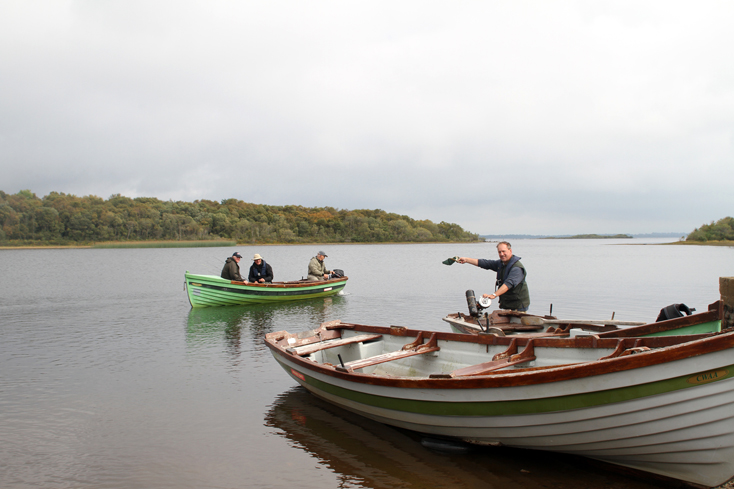Who knows how many salmon migrate upstream from the bay of Killala, who knows how many reach their home in the River Moy. It would be nice to follow one of them on their way home to Mayo. Perhaps passing Ballina, second most populated city in the county after Castlebar. Amongst other things, it’s particularly proud of its salmon fishing thanks to Ridge Pool which never fails to please even the most demanding fisherman.
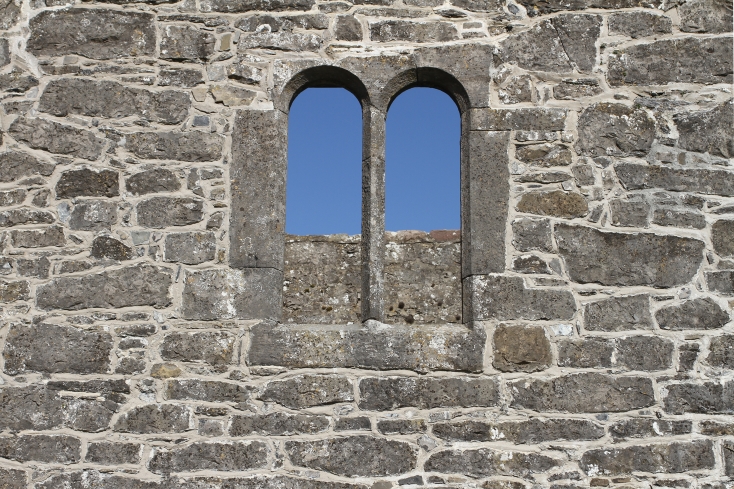
There is even a festival dedicated to it, every year attracting fans from across the country. But Ballina is much more than fishing; it’s the cathedral of St. Muredack, which overlooks the River Moy, it’s Belleek Castle which once belonged to a baronet so fond of his dog that he was buried with him in the garden of the property, but above all, in addition to a nearby dolmen dating back more than 4000 years it’s Moyne Abbey and Rosserk Abbey.
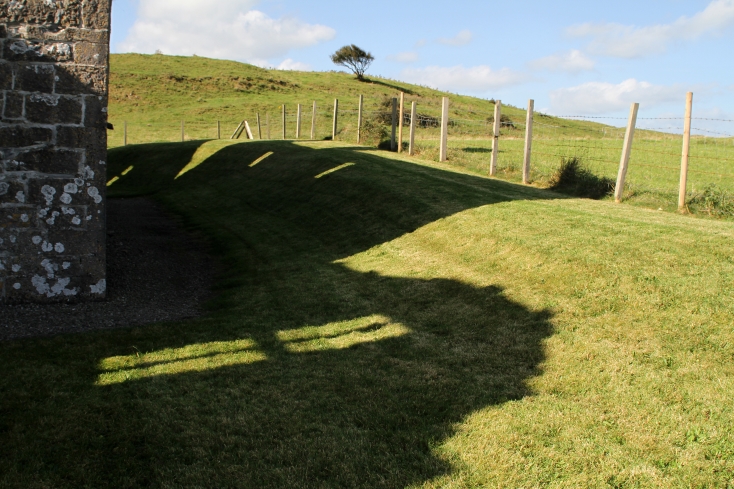
The abbeys are not just monuments, they rewrite the relationship between architecture and nature, integrated as they are in the landscape. Calm and solitary, they almost seem to breathe, while the nature that surrounds them seems sculpted, in a relationship that reverses the perception and intriguingly confuses those who have the good fortune to visit them.

The River Moy leads up to Foxford, where over a century ago, the vision and foresight of a group of nuns created a reality that still brings prestige to the whole area today: the Foxford mills, built on the river at the will of Mother Agnes Morrogh-Bernard after the Great Famine.

The pride of Moy Valley, they’re an example of the strength and ability to look to the future without forgetting the past, a characteristic typical of the people of Mayo. To the east of Foxford are Lake Conn and Lake Cullin, interconnected near Pontoon, named after the dogs of the mythological giant Fionn Mac Cumhaill, drowned in pursuit of a magic boar. The lakes are also connected to the River Moy and, through a system of channels, also to the Atlantic Ocean.
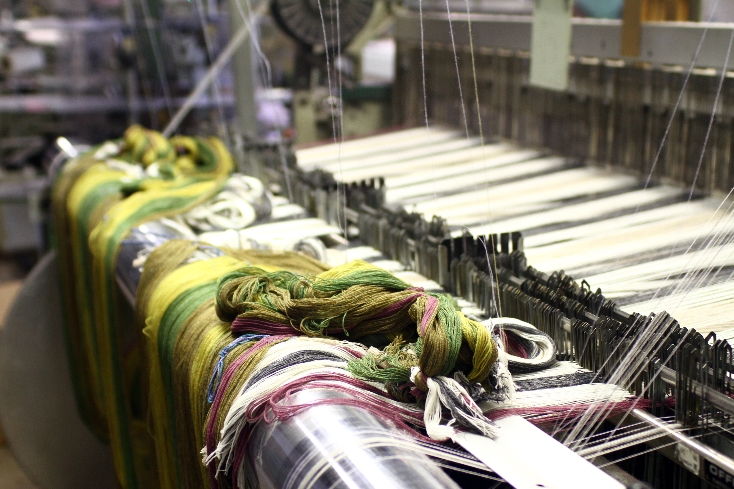
Their waters are home to many salmon and brown trout. To the north of Lake Conn is Crossmolina, a small town on the river Deel at the foot of Mount Nephin.At the crossroads of nature and history, Crossmolina is inhabited by a very close-knit community that every summer holds a charming Community Festival.

To the west of Lake Conn is Lahardaun, a small town with few inhabitants but a vast history. Indeed, it was the pastor of Lahardaun that helped the French General Humbert, who arrived in 1798 to rescue the Irish rebels, ambushing the British army by directing them to a road through a mountain pass known as the "Windy Gap". It was also from Lahardaun that the proportionally the greatest amount of the Titanic’s victims came. Forced to leave in order to survive, in the knowledge that they would spend most of their lives far from home, the emigrants from Lahardaun are remembered by the Addergoole Titanic Society.
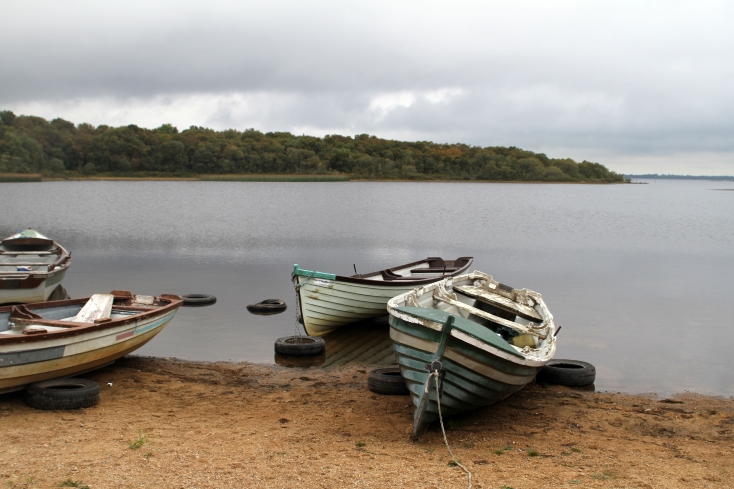
Addergoole Memorial Park is home to a moving bronze sculpture, a reproduction of the bow of the liner and the final farewell to the mainland, rendering eternal the magic combination of those lost to the sea, a magic that seems to permeate every person, every place - even every animal of County Mayo: a positive power for the future, brave, irreducible, that creates strong roots carved into the soul. Who knows if one day these emigrants, full of hope, would have returned home, and just like the salmon of the River Moy, their departure would have been followed years later by their instinctive, precise and symmetrical return. You have the feeling that this would have been the case.
